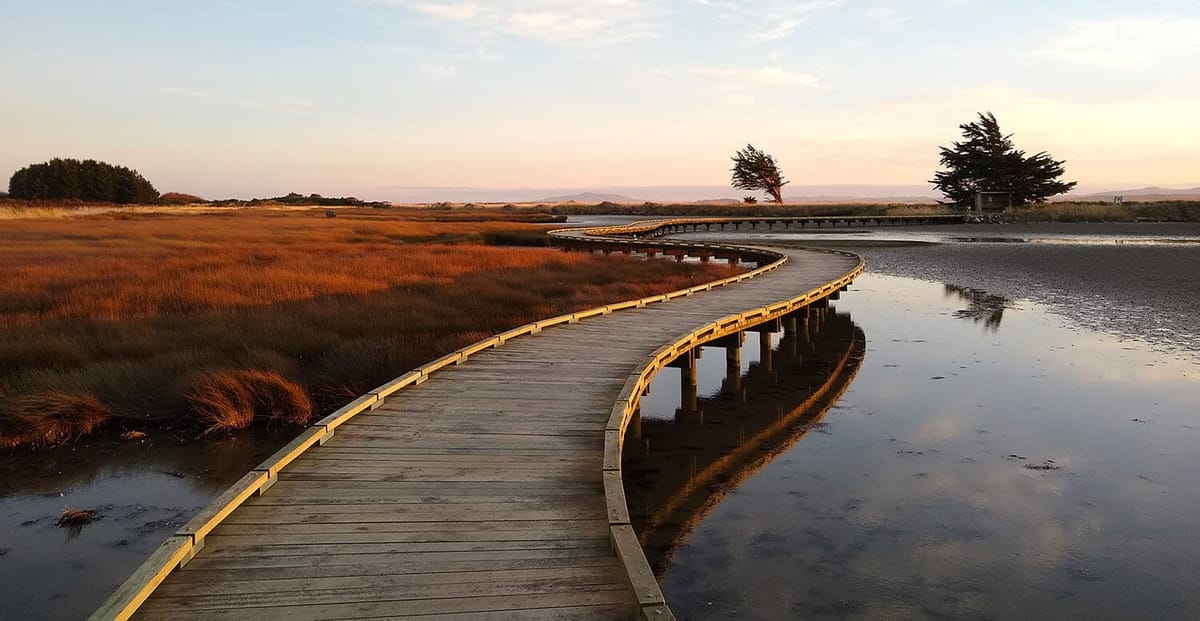The release of the report, Managing our estuaries by the Parliamentary Commissioner for the Environment Simon Upton this week reinforces Environment Southland’s direction for addressing issues affecting estuaries.
The report has two key recommendations: 1. include estuaries as part of Freshwater Management Units (FMU) as defined by the National Policy Statement for Freshwater (NPS-FW); 2. Standardise monitoring and reporting of estuaries and the pressures that impact on them.
Environment Southland chief executive Rob Phillips said one of the report’s key recommendations aligned well with the council’s direction.
“Our People, Water and Land programme to improve water quality already takes a [Ki uta ki tai] ‘mountains to the sea’ approach that includes estuaries as part of catchments and Southland’s FMUs. It’s very positive to have the commissioner’s recommendation reinforce the direction of our programme.”
The People, Water and Land programme is working towards meeting the requirements of the Government’s National Policy Statement for Freshwater and to support positive action on the ground to improve water quality.
Rob Phillips said the second key recommendation focusing on the standardising of monitoring would require the involvement of a range of agencies. The council undertakes state of the environment monitoring and reporting, which it is required to do. This includes monitoring the key habitats and changes to them over time, as well as sediment and the physical, chemical and biological indicators at specific sites within estuaries.
Southland has a lot of estuaries and some, like Freshwater Inlet on Stewart Island, are in very good health and some are in poor health, like New River Estuary. The health of an estuary can be impacted by human activities – rural and urban – which result in contaminants making their way into the estuary. Contaminants can be manmade or natural and originate from a wide variety of sources including wastewater, stormwater, landfill leachate, and primary industry practices (agriculture, horticulture and aquaculture).
New River Estuary is further complicated by reclaimed land and is one of five case studies in the commissioner’s report.
“We recognise that improving water quality in estuaries with poor water quality is one of our greatest challenges because of the accumulation of contaminants over time,” said Rob Phillips
In addition to state of the environment monitoring the council undertakes scientific investigations to better understand the pressures facing estuaries and to improve its knowledge. Currently, there is an investigation underway into emerging organic contaminants in Southland’s water bodies and the potential risks they pose to human and ecosystem health in estuaries. Leading on from that, Environment Southland is a study site in a Ministry for Business, Innovation and Enterprise funded research project. This looks at the incidence of emerging organic contaminants at a number of sites in Southland.
The council has also commissioned an investigation in the all the information available regarding the contaminated reclaimed land along the eastern Waihopai arm of the New River Estuary in Invercargill, Southland.

